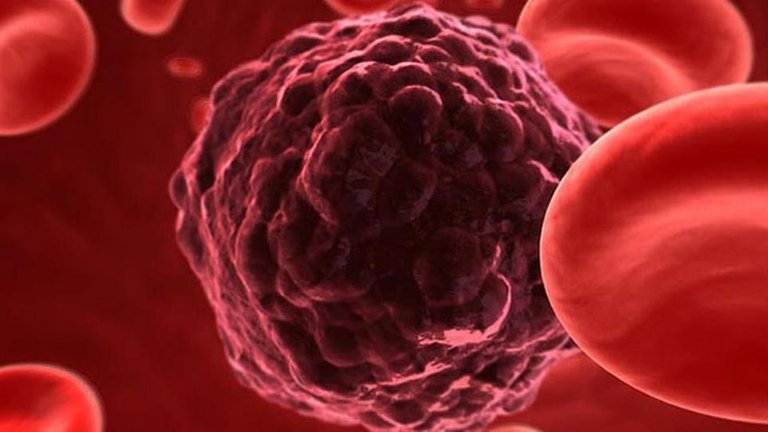New York - After re-detailing the structure and distribution of space on the human body, a group of scientists managed to find a new organ, which is probably the largest size (though not all experts agree).
The new organ is referred to as the interstitium, which is the naming for the vast spaces of fluid inside and throughout the tissues of human tissues. So quoted from Time.com, Wednesday (28/3/2018).
In a study published in the journal Scientific Reports, a team of researchers from the University of New York, described the interstitium as a fluid-filled space beneath the skin, and also in the outer layers of the intestines, lungs, blood vessels, and muscles.
The bubble-like plastic organ can only be seen when the pathologist uses a new endoscopic laser, called a confocal endomicroscopic laser. These lasers make it possible to see microscopic tissue on the human body.
Most studies on tissue tissue often miss the interstitium, because these organs depend on tissue biopsy, which is then dried and researched in the field of microscopy. Here, researchers always assume that the dry example has no fluid.
However, when endoscopic lasers are used to remove pancreas and bile ducts in dozens of cancer patients, this "odd" space becomes more apparent.
In this study, researchers believe that interstitium is committed to supporting the performance of certain cells, as well as housing stem cells that quickly repair damaged tissue.
This new organ can also act as the sender of electrical signals, when the body's cells move and stretch.
Explaining the Potential of Healing Malignant Cancer
Because these new organs in the form of tissue spaces, such as roads, can explain why some cancers - if invading this space - spread faster than others.
According to Dr Neil Theise, the pathologist who leads the related studies, explains that when cancer cells escape the tumor, they can travel to other parts of the body through the bloodstream or lymph system.
Because the space interstitium may act as a channel, "It increases the likelihood that direct interstitial fluid intake can be a diagnostic source," explains Dr. Theise.
Interstitium can change the way doctors think about, not only the risk of cancer, but also the potential for attacking bouts of diseases that function in the body.
Interstitium is a network around an artery that will be "squeezed" every time the heart beats. This organ will also squeeze when the bladder secretes urine.
In addition, the interstitium is also a space that becomes acupuncture acupuncture, which, according to Dr. Theise, may have a clue as to how a complementary treatment approach can have an impact on the body.
"This discovery is very exciting because we have defined a new microanatomy, and has laid the groundwork for how it can begin to explain the spread of cancer, inflammation and scar tissue.This discovery will open up new research pathways for inflammation and cancer progression, said Dr Petros Constantinos Benias, lead author of the study, who is also a member of the Feinstein Institute, and assistant professor at Donald and Barbara Zucker Medical School in Hofstra / Northwell Health.
"We are optimistic that with what we have learned, we will soon be able to study and target the interstitial spaces for disease diagnosis and perhaps for new personalized care," he concluded.
THANKS FOR UPVOTE, FOLLOW & RESTEEM

